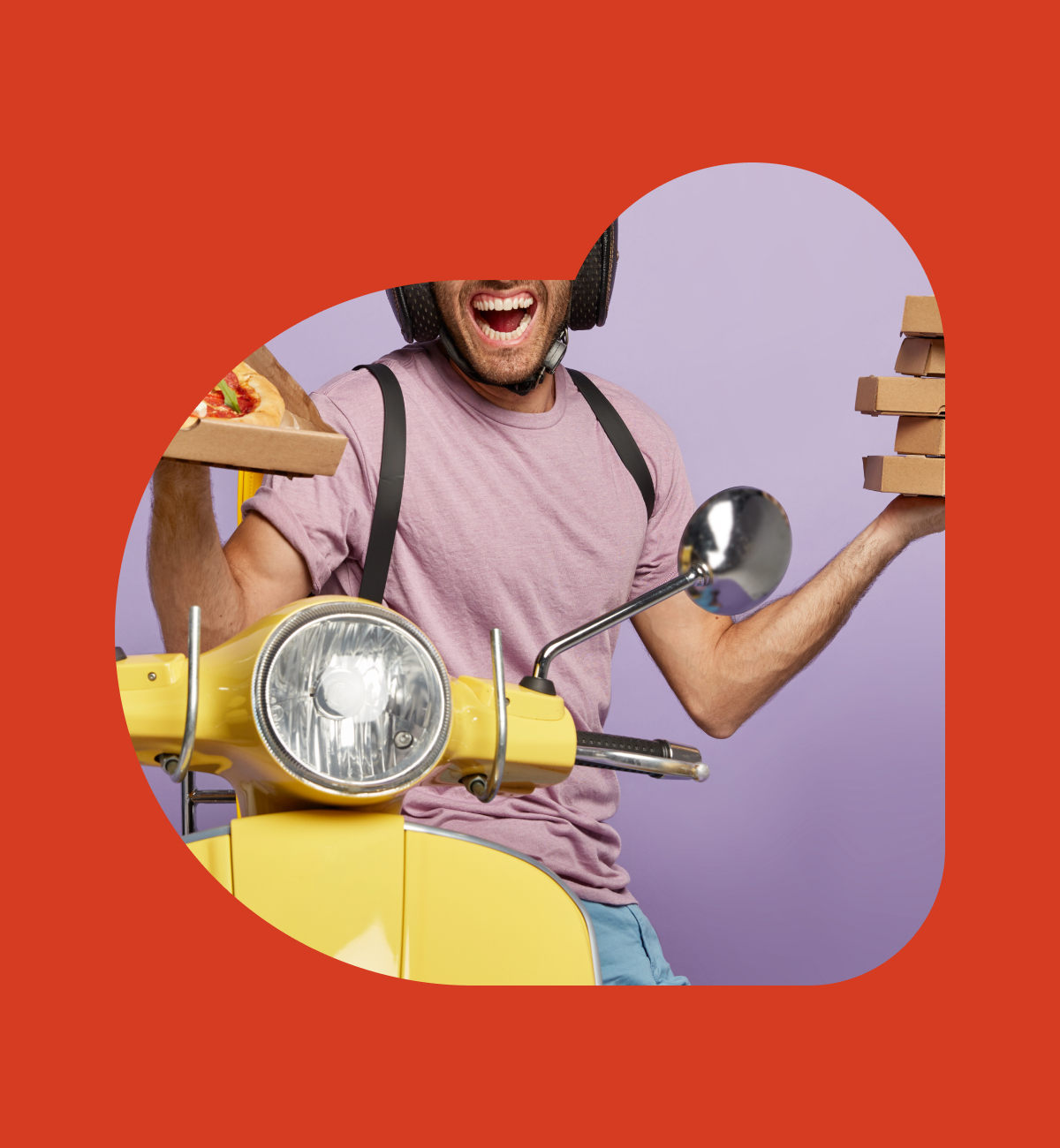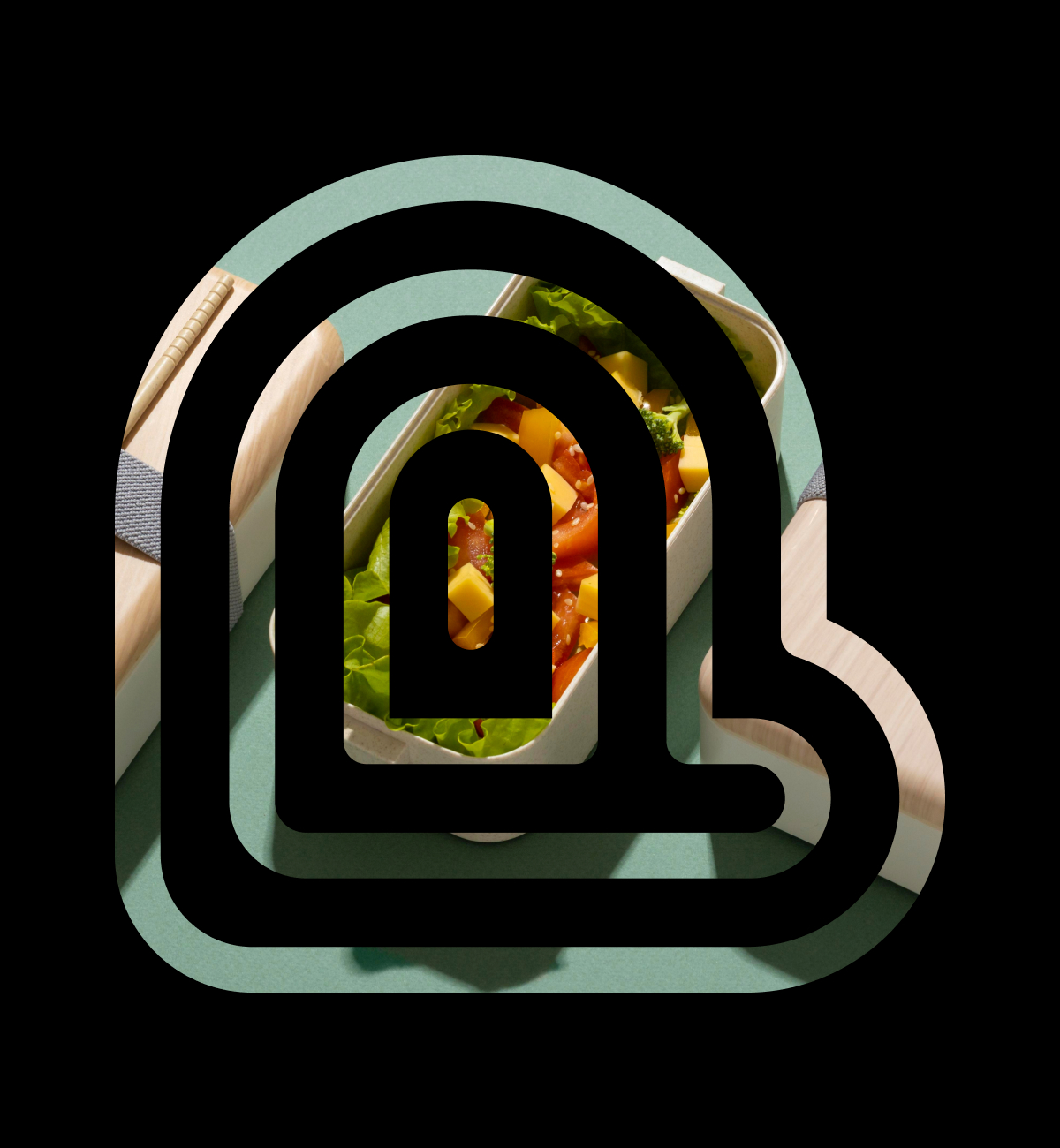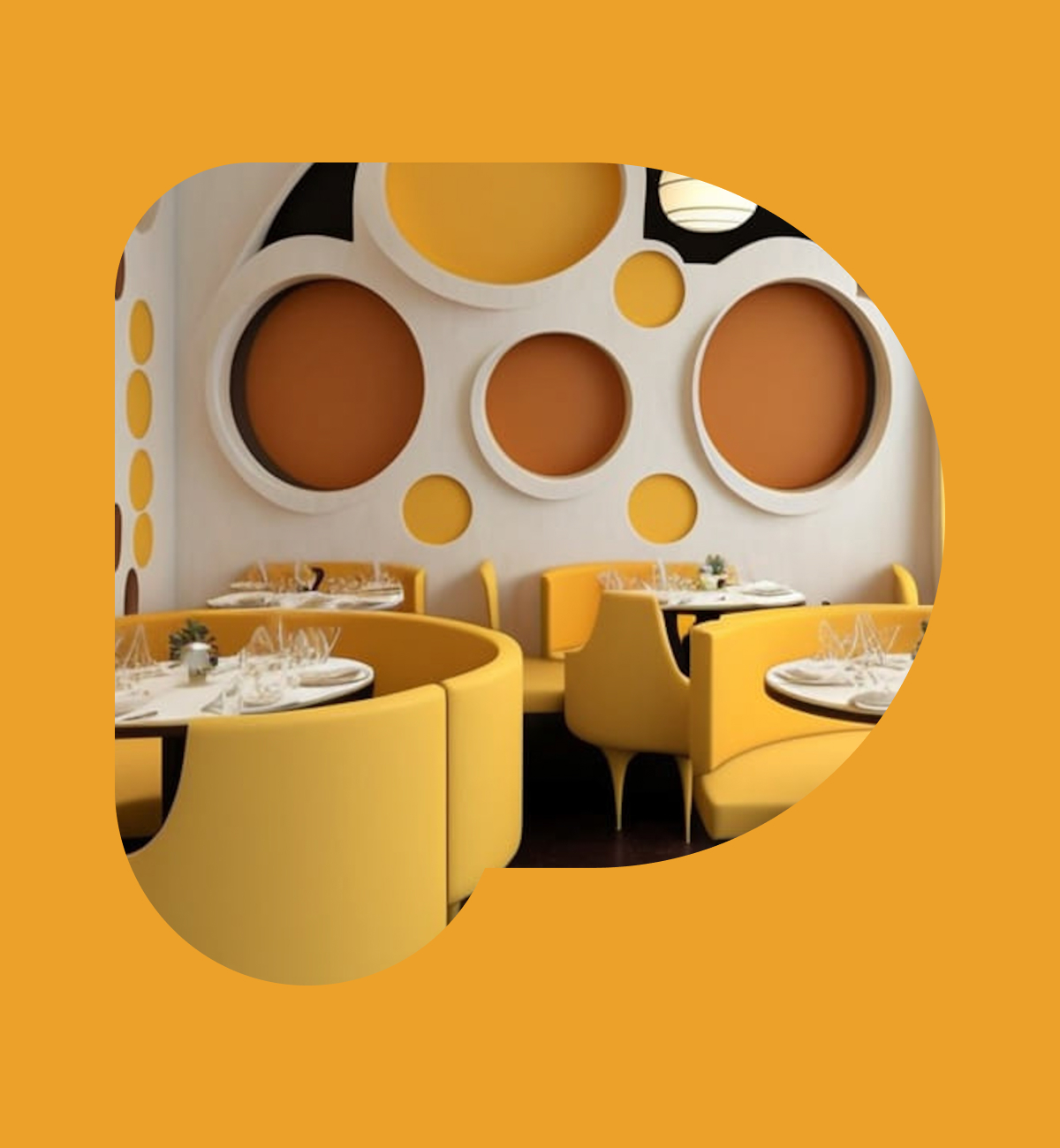With the pandemic forcing restaurants into a new way of operating, many had to implement changes that they might not have foreseen. But, as Datassential notes, “at their core, most problems consumers identified [during COVID-19] weren’t stemming from new needs.” As a result, many of these new choices or ways of working could benefit customers and restaurant operations in the long run. So here are three changes we predict are here to stay:
More Technology and Innovation

To implement contactless interactions and make it easier for customers to place takeout and to-go orders, many restaurants have upped their technology game, installing self-order kiosks and contactless payment systems. Many have also launched electronic menus, online ordering capabilities, more robust mobile sites and user-friendly apps.
While this may have been an unwelcome or unforeseen cost initially, by investing in technology now, restaurants will be better set up for success going forward as customers become increasingly used to the convenience it provides. Of course, there’s no substitute for personal interaction, but if used correctly, technology can amplify great service, especially during this time.
Increased Flexibility & Convenience

Certain measures restaurants have had to put in place because of the pandemic have resulted in customers getting used to some flexibility that they will likely look for going forward. These conveniences that could stick around post-pandemic include direct delivery, easier pick-up procedures, reduced wait times thanks to a simplified menu and technology that gives customers more control over their in-restaurant experience.
Transparency in Hygiene & Sanitation

Most of us are aware of cleanliness and safety procedures more than ever, and we don’t foresee that mindset going away anytime soon. Even after COVID-19 subsides, customers are likely to carry with them a heightened awareness of these precautions, and they’ll turn to restaurants that they know prioritize their guests’ health. Restaurants that are more transparent about how they prepare food and the steps they’re taking to keep everyone safe will benefit in the long run.
These are just a few of the changes that have the potential to become the new status quo between restaurants and customers. And as restaurants continue to innovate, we expect to see even more new ways of working that will delight customers and benefit restaurants’ bottom lines.












































